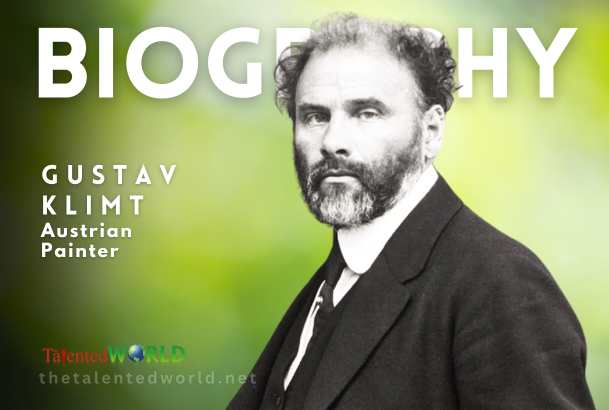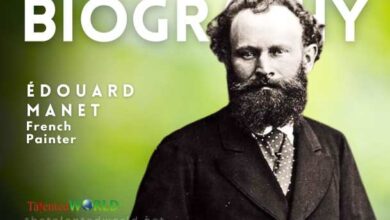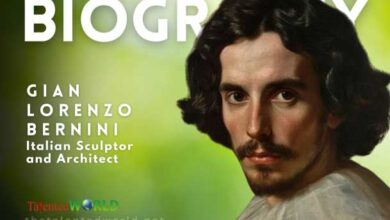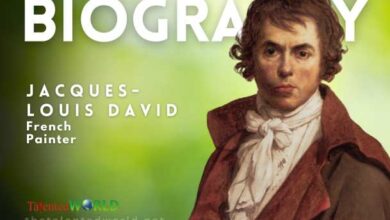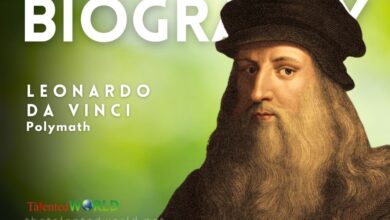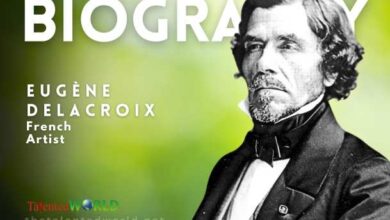| Full Name | Gustav Klimt |
| Birth | 14 July 1862, Baumgarten, Austrian Empire |
| Death | 6 February 1918 (aged 55), Vienna, Austria-Hungary |
| Known For | Painter |
| Notable Works | Judith and the Head of Holofernes, Portrait of Adele Bloch-Bauer I, The Kiss, Danaë |
| Art Movement | Symbolism, Art Nouveau, Vienna Secession |
| Partner | Emilie Louise Flöge |
| Early Life | Born in Baumgarten near Vienna; second of seven children; lived in poverty while attending the Vienna Kunstgewerbeschule |
| Education | Vienna Kunstgewerbeschule (University of Applied Arts Vienna) |
| Influences | Influenced by Japanese art and methods; revered Vienna’s foremost history painter Hans Makart |
| Early Career | Successful painter of architectural decorations; early work classified as academic |
| Controversy | Paintings for the Great Hall of the University of Vienna criticized as pornographic |
| Golden Phase | Achieved success with his “golden phase” paintings, many of which included gold leaf |
| Influence | Important influence on younger artist Egon Schiele |
| Auctions | Paintings have fetched top prices at auctions since the 1990s |
| Family Background | Mother, Anna Klimt, aspired to be a musical performer; father, Ernst Klimt the Elder, was a gold engraver |
| Siblings | Brothers Ernst Klimt and Georg Klimt also displayed artistic talent |
| Professional Career | Painted interior murals and ceilings in large public buildings on the Ringstraße |
